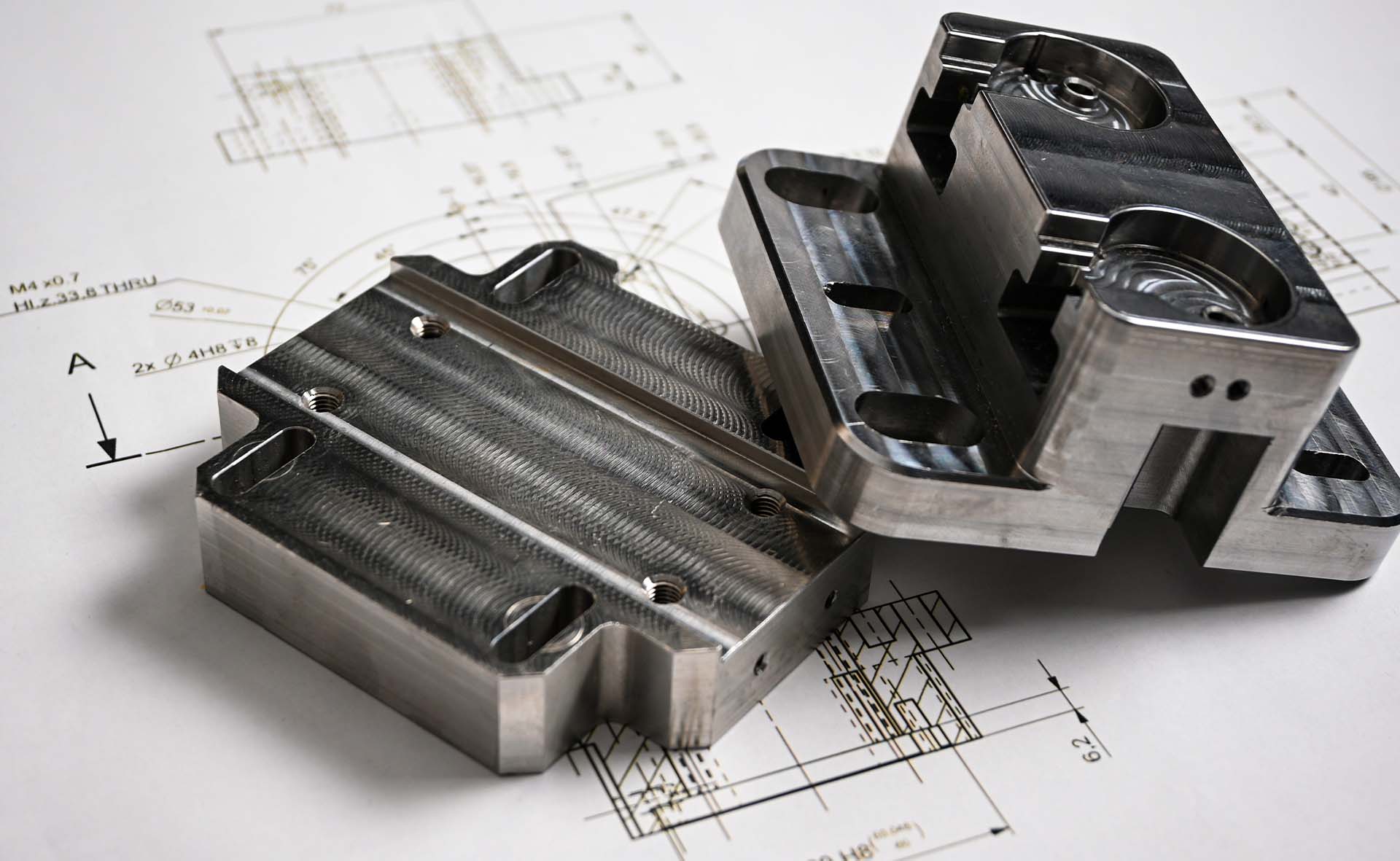Polymethyl methacrylate (PMMA) or Acrylic is a thermoplastic polymer. This transparent plastic material is recognized for its strong mix of properties, including exceptional optical clarity, surface hardness, weatherability, and dimensional stability, making it a great alternative to glass for several reasons. It is:
These appeals make acrylic a popular choice in many sectors for both prototyping and production purposes, often manufactured via CNC machining.

CNC (Computer Numerical Control) machining is a automated manufacturing process that uses precise cutting tools to shape raw materials into finished parts or products. It is popular method for cutting acrylic due to several advantages it offers:
1. Material Compatibility
Acrylic is a thermoplastic that becomes malleable on exposure to heat. This quality makes it well-suited for CNC machining as it can be easily fabricated and shaped using this process.

2. Builds High Precision Parts
CNC machines are capable of extremely precise cuts with tolerances measured in thousandths of an inch. This level of accuracy is crucial when working with materials like acrylic, which require clean edges and precise dimensions.
3. Increases Rate of Production
CNC machining is one of the most efficient ways of fabricating acrylic material, particularly for small batch acrylic parts. It allows for faster production compared to manual method.
4. Minimized Waste
Thanks to its precise manufacturing methods, CNC can cut acrylic with just the right amount of force to avoid irreversible damage, quickly and effectively producing acrylic components with accurate shapes and sizes. This increases accuracy and minimizes wastes.
5. Results in High Repeatability
The automated CNC process ensures consistency across multiple parts or batches, producing stable replication accuracy in each PMMA workpiece.
6. Saves on Manufacturing Cost
CNC machining can lead to cost savings in manufacturing due to reduced material waste, increased efficiency, and lower labor costs compared to manual machining methods.

There are many applications of CNC acrylic parts across various industries. The major applications of CNC acrylic parts include:
To ensure precision and minimal damage in the final acrylic part, consider these five tips when using CNC cutting machines for cutting acrylic:
At HLH Rapid, we have years of experience cutting and shaping acrylic products using the latest CNC machining technology. To get a free quote and start your next custom CNC acrylic project, submit your CAD designs and project details to our site contact form, and our team will get back to you within 24 hours.
